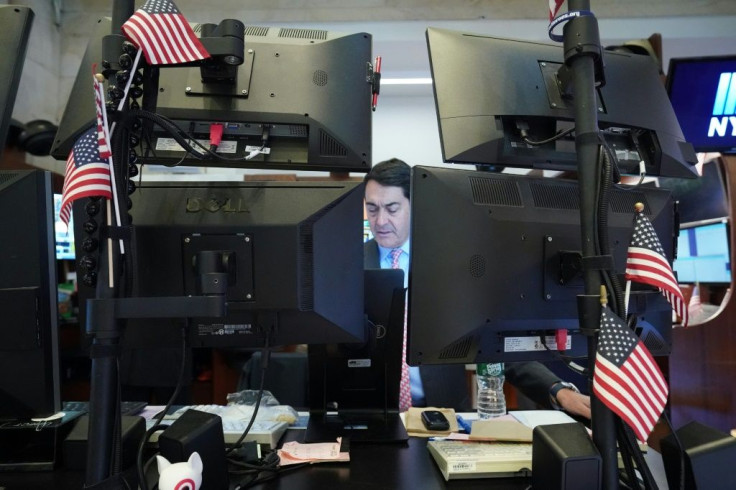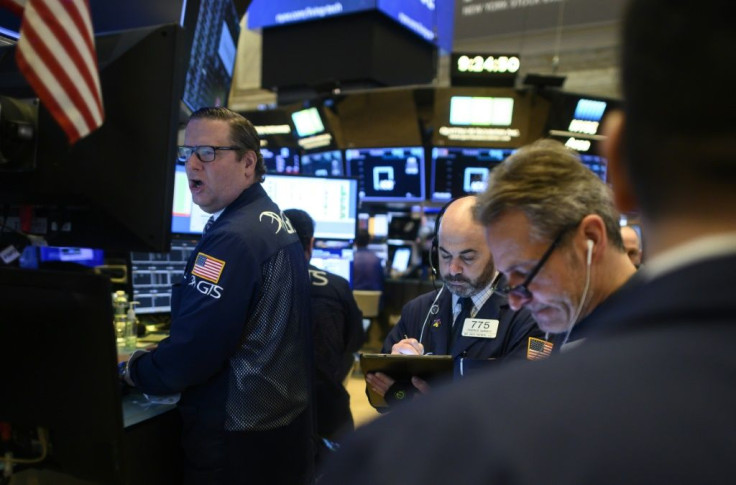US Stock Market Futures: Dow, S&P 500, Nasdaq Rebound; Point To Thursday Gains

KEY POINTS
- All three major indices look set for a modest rally Thursday despite the absence of any positive news from the COVID-19 front
- The rally might fizzle Friday after new unemployment numbers showing huge job losses are released Thursday afternoon
- The market hasn't fully digested estimates of more than 200,000 dead Americans from COVID-19, adding to investor gloom
Stock futures headed upwards in overnight trading Wednesday, pointing towards this month's, and the second quarter's, first day of gains following the April Fool's Day plunge.
Dow Jones Industrial Average futures rose 267 points early morning Thursday, hinting at a modest gain of 201 points at the open. The S&P 500 and NASDAQ Composite were also set to open higher in the wake of their improving futures.
There doesn't seem to be a single solid reason for the uptick in futures given the news from the COVID-19 front remains uniformly depressing. Boston Federal Reserve President Eric Rosengren Wednesday said unemployment will likely “rise pretty dramatically over the next couple of months.” He also said the massive economic damage being inflicted by the pandemic on the U.S. economy won’t abate until the coronavirus is brought under control. What this all means is Congress will have to deliver more stimulus -- now being called "Corona 4" -- to provide more assistance to those at the lower end of the economic spectrum and boost hard-hit small businesses.
“I don’t think we’ll turn a corner until people feel comfortable taking mass transit again,” he said.
Some investors, however, seemed to take heart in the mixed results from Asia's equity markets instead of the usual sea of red. Others seemed to like New York State's toughening-up its already strict quarantine rules.
Not even the worrisome news of dividend cuts, which will place equities in jeopardy, was enough to quash the uptick in futures.
“While we have not seen announcements yet, dividend cuts could be on the horizon for U.S. companies,” said New York Life Investments multi-asset portfolio strategist Lauren Goodwin CNBC reports.
“With a heavy hit to revenues, businesses may opt to prioritize employees and lower borrowing loads over paying dividends. This could present a risk for equities. Announcements of temporary (1-2 quarters) of dividend cuts could be priced in, but longer cuts would likely contribute to negative sentiment."
On Wednesday, the Dow closed 973.65 points lower, or 4.44%, at 20,943.51. The S&P 500 tumbled 4.41% to 2,470.50 while the NASDAQ closed at 7,360.58, or 4.41% lower. All major averages sank to their session lows in the final minutes of trading. The Dow plunged more than 1,100 points at one point before rallying.
Leading the Dow lower were The Boeing Company, which dropped 12.4%, American Express, which shed 9.1% and Dow Inc. that lost 7.5%. Real estate investment, utilities, energy and financials led the S&P 500 lower.
Wednesday's selloff confirmed the negative numbers posted by futures late Tuesday. Dow futures fell more than 260 points, or 1.2%. S&P 500 and NASDAQ-100 futures were down around 1%.
After markets closed Tuesday, president Donald Trump warned of a “very, very painful two weeks” ahead. The White House estimates anywhere from 100,000 and 240,000 deaths from the COVID-19 pandemic by August.

© Copyright IBTimes 2025. All rights reserved.





















